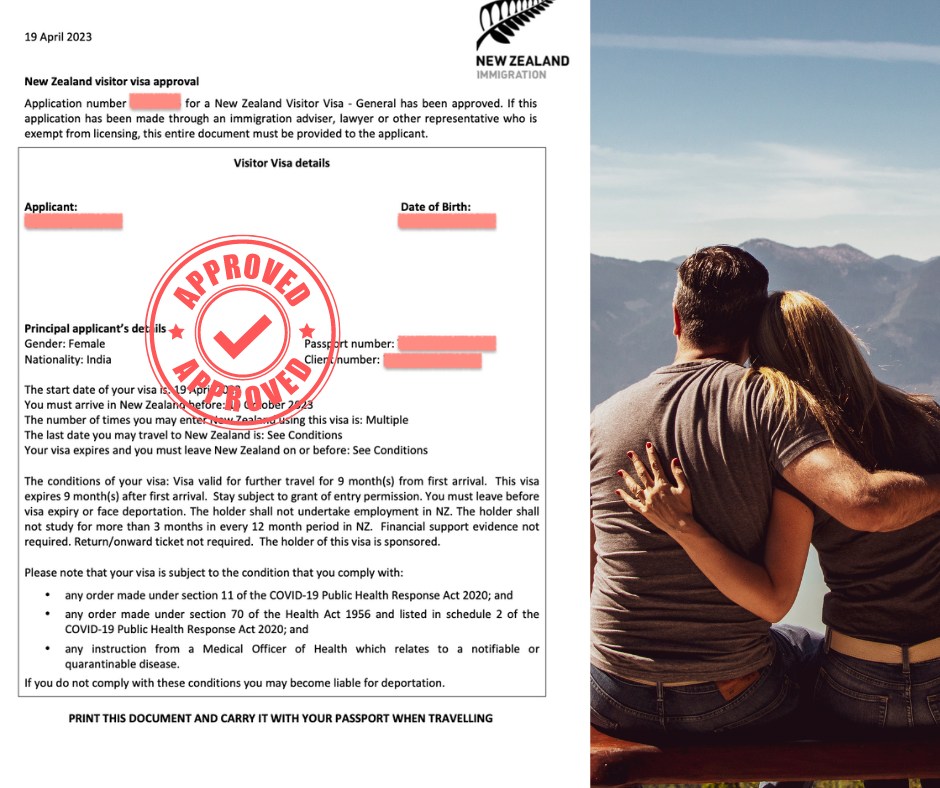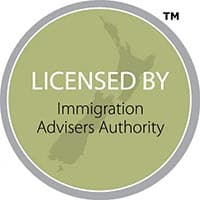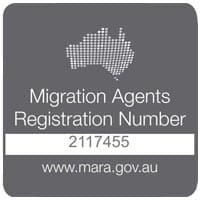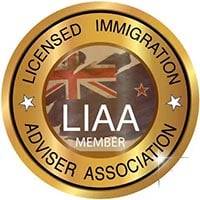OTHER POPULAR VISA
Explore the eligibility criteria for other popular visas Australia that cater to temporary and residence visa options for individuals looking to join their partner or children.
Find out why this article is your ultimate guide because it outlines the eligibility criteria, permitted activities, and essential changes in the Australian visa landscape.

Visitor Visa
Identification
Applicants must provide a coloured, certified copy of the biographical pages in their passports.
It is recommended that a passport is valid for more than 6 months at the time of application.
Applicants must provide a certified copy of their birth certificate.
Applicants must also provide one recent passport-sized photo (45 mm x 35 mm).
Evidence of Funds
Applicants must show that they have sufficient funds to support their stay in Australia (minimum $1000 per month) The onus is on the applicant to demonstrate with bank statements that they have personal funds to support themselves.
An applicant may show that a family member is offering financial support however this evidence bears less weight.
Type of evidence to show financial support from a family member:
- Family Member’s Bank Statement
- Evidence of family relationship (ie Birth Certificate, Family Composition Book, Statement from Family)
Genuine Tourist Intentions
- The applicant must demonstrate that they are genuinely traveling to Australia for tourism/vacation.
- Invitations received to attend ceremonies/special occasions/seminars (if applying under the business visitor stream)
- Invitation Letter from family members/ friends living in Australia
- Tentative booking for tourist destinations/ activities/ accommodation
- Tentative itineraries
- Medical reports if visiting an ill family member/ friend living in Australia
Intentions to Return Home
The applicant must demonstrate that they have substantial ties with their home country and will depart Australia after their vacation:
- Evidence of current employment for example letter from the employer confirming leave approval/ employment contracts/ payslips
- Evidence of enrollment in school and information about the holiday period
- Evidence of ownership of property/land in the home country
- Evidence of dependent family members for example Family composition book
- Evidence of any memberships held in the home country
Working Holiday Visa
The Working Holiday Visa allows citizens from eligible countries to come to Australia to work and travel for 12 months, with the possibility to extend their stay.
Working Holiday Visa Holders: Opportunities
- Do short-term work in Australia for up to 6 months per employer
- Study for up to 4 months
- Travel to and from Australia as many times as you want
- Do specified work to become eligible for a second and soon-to-be-third
You may be able to apply for a second and third working holiday (417) visa if you have completed the specified work.
You may also be eligible to apply for another more permanent visa if you meet the requirements:
- 189 Visa
- 190 Visa
- 187 Visa (RSMS visa)
- 186 Visa (ENS visa)
- Student Visa
- Partner Visa
- Employer-Sponsored Visas
Changes Coming Soon
The Australian Government has announced changes to the Working Holiday Maker (WHM) visa program in an effort to support regional areas of Australia.
Applicants may now be eligible to apply for a third working holiday visa, extending their stay for a total of three years.
Eligibility
To apply for a Working Holiday Visa you must meet the following criteria:
You are aged 18 – 30 years – Unless you are a Canadian or Irish citizen (You can apply up to 35 years).
If you are applying for your second working holiday visa, you must have completed 3 months of specified work on your first Working Holiday visa.
Eligible Countries
You may be able to apply for a Working Holiday Visa if you are a citizen of the following countries:
- Belgium
- Canada
- Republic of Cyprus
- Denmark
- Estonia
- Finland
- France
- Germany
- Hong Kong Special Administrative Region of the People’s Republic of China (including British National Overseas passport holders)
- Republic of Ireland
- Italy
- Japan
- Republic of Korea
- Malta
- Netherlands
- Norway
- Sweden
- Taiwan (other than an official or diplomatic passport)
- The United Kingdom of Great Britain and Northern Ireland
You cannot include any family members in your application.
Dependent children cannot accompany you while you are in Australia.
Bridging Visa
Bridging Visa A (BVA)
This is the most common bridging visa, most of the time sitting ‘silently’ at the back of your substantive visa application.
It is granted automatically when you make a valid application onshore for a substantive visa while still holding a valid previous substantive visa.
BVA carries over working rights from your previous visa. So if your previous student visa had a 20-hour limitation, so will your BVA. There are some exceptions.
How long is it valid?
It ceases:
- When your new substantive visa is granted
- When the new bridging visa is granted (e.g. BVB) in relation to the same substantive visa application
- If your currently held substantive visa is cancelled so is your BVA at the same time once you leave Australia
- 28 days after your valid visa application has been withdrawn and there is no other substantive visa you currently hold.
- 28 days after you have been notified that your substantive visa application is invalid
- 28 days after the refusal of your substantive visa application
- 28 days after a decision of the Administrative Appeals Tribunal (formerly Migration Review Tribunal) in the case when you decide to appeal to case officer’s decision
Travel allowed: No
Bridging Visa B (BVB)
BVB shares the majority of characteristics with BVA. The main distinction between them, however, is that BVB is the only bridging visa that lets you travel overseas and return.
How to apply when granted?
You have to apply on a special form while holding a valid BVA. BVB can be also granted after your substantive visa application has been refused and you need to urgently leave Australia while a judicial review that you have applied for is underway.
Typical Scenario
After you have applied for a substantive visa you suddenly need to travel overseas due to an urgent family event. If you expect to return to Australia after your current visa expires, make sure that you apply for and are granted BVB before leaving Australia.
How long is it valid?
This bridging visa is usually only valid for three months, so a person will have to be back in Australia before it expires.
Bridging Visa E (BVE)
Bridging Visa E Eligibility Criteria
- You have overstayed your visa and are voluntarily making arrangements to depart Australia.
- You have applied, or are about to apply, for a substantive visa while having no valid visa at the moment.
- You have no valid visa and have written to the Minister seeking Ministerial intervention.
- You are in immigration detention and satisfy the Minister that you are eligible for a grant of a BVE.
- Immigration has located you without a valid visa, and the immigration officer determines you are eligible for a BVE.
Instances Where BVE Eligibility Is Not Possible
- At the airport, upon arrival in Australia when they have not been immigration cleared.
- Their previous BVE has been cancelled due to criminal offences.
- A person cannot stay in the country on a bridging visa indefinitely.
This visa is only a temporary short-term visa granted by the immigration department while the holder has his/her outstanding immigration matter resolved.
It should never be considered a solution to an Australian immigration issue.



